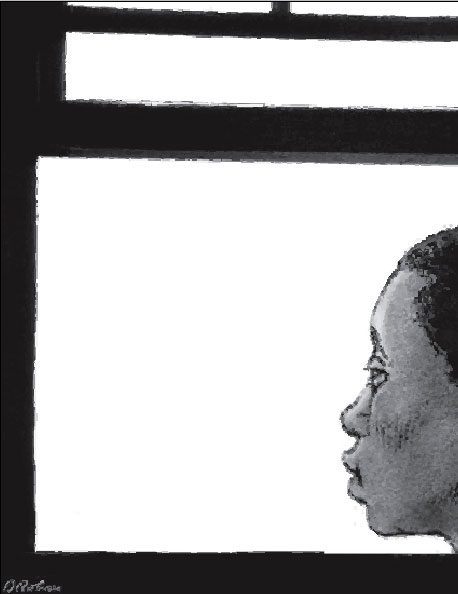A Brief History
Real estate and home mortgage professionals openly discriminated against racial minorities in housing sales, home insurance, and mortgage finance in the early decades of the 20th century. Neighborhoods were redlined, while others formed neighborhood associations replete with specific provisions that enforced racially- and ethnically-restrictive housing. Groups subjected to these covenants have included African Americans, Hispanics, Jews, Chinese, Eastern Europeans and others. African Americans were the most common group to be excluded from white neighborhoods. Douglas Massey and Nancy Denton document this history in their important book, American Apartheid: Segregation and the Making of the Underclass.
The Home Owners Loan Corporation (HOLC), established by the federal government in 1933, gave concrete form to these discriminatory practices and institutionalized them. In the words of Massey and Denton, “it lent the power, prestige, and support of the federal government to the systematic practice of racial discrimination in housing.” The Federal Housing Administration and the Veterans Administration that were set up soon afterwards adopted the practices institutionalized by the HOLC. Thus, redlining became an officially recommended practice and the industry norm during this period of unprecedented expansion of homeownership through federally assisted mortgages.
The period of blatant credit denial and housing discrimination against minorities and minority-neighborhoods continued unabated until sporadic legal challenges and the legislation that came about as a result of the civil rights movement in the 1960s made discrimination in housing illegal. The Fair Housing Act of 1968 banned discrimination in home mortgage lending. And the Equal Credit Opportunity Act of 1974 (ECOA) banned discrimination in any aspect of a credit transaction, including home mortgage lending. However, even through the 1970s and 1980s, housing and lending discrimination persisted, practiced in covert forms and varied guises in an industry known for being conservative and resistant to change.





See related stories:
Sen. Schumer seeks federal funds to fight mortgage fraud —https://www.nytimes.com/2009/04/21/nyregion/21fraud.html?_r=1
&
targeting of African American borrowers in Baltimore (reverse redlining) —
https://www.nytimes.com/2009/06/07/us/07baltimore.html?pagewanted=1&_r=1&sq=wells%20fargo&st=cse&scp=2
Nandinee—Tiny point, in an overall very important article, but wouldn’t revaluing overvalued homes downward increase the debt to value ratio and make fewer owners eligible for refinancing under the 105% rule? Or am I misunderstanding your suggestion somehow?
@Miriam Axel-Lute: Thanks for the comment Miriam. My suggestion is to use the loan value that would have occurred if the home had been appraised correctly (rather than over-appraised) at the time of the home purchase, and then to apply the 105% rule—which is now the 125% rule—to determine eligibility for refinancing. This adjustment would be made solely for the purpose of determining eligibility for refinancing. The debt to value ratio and any other parameters for determining the terms of the refinancing would be unaffected.